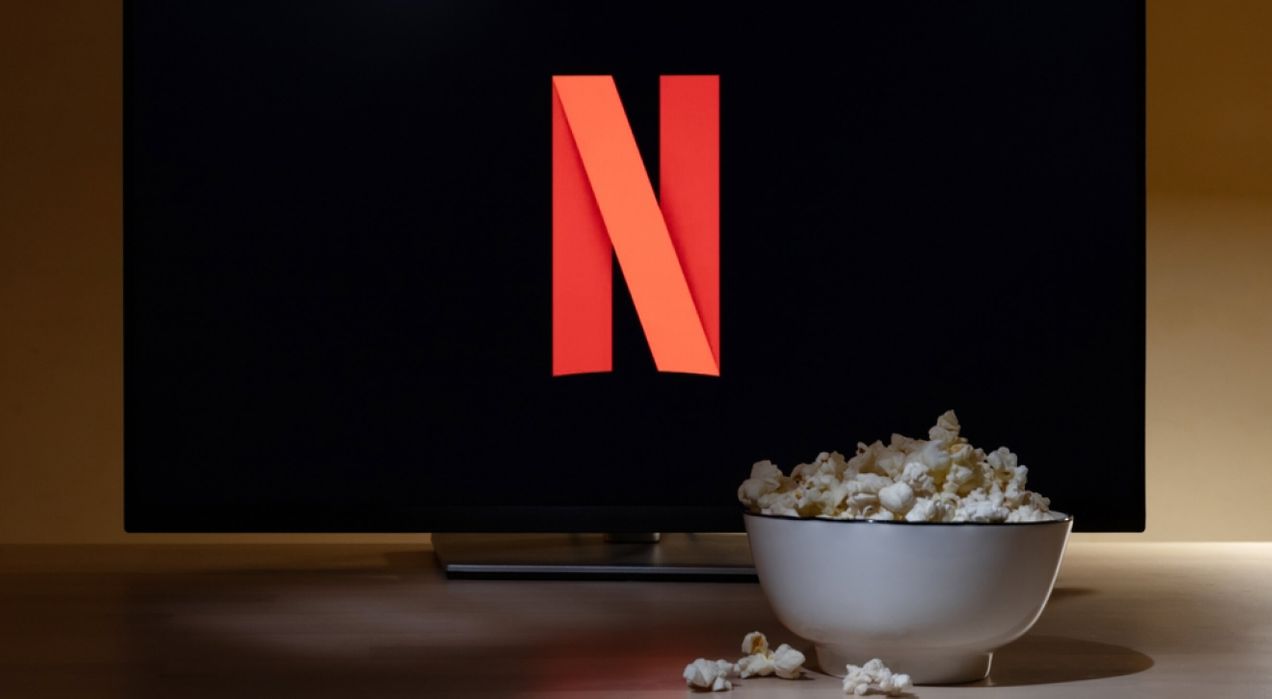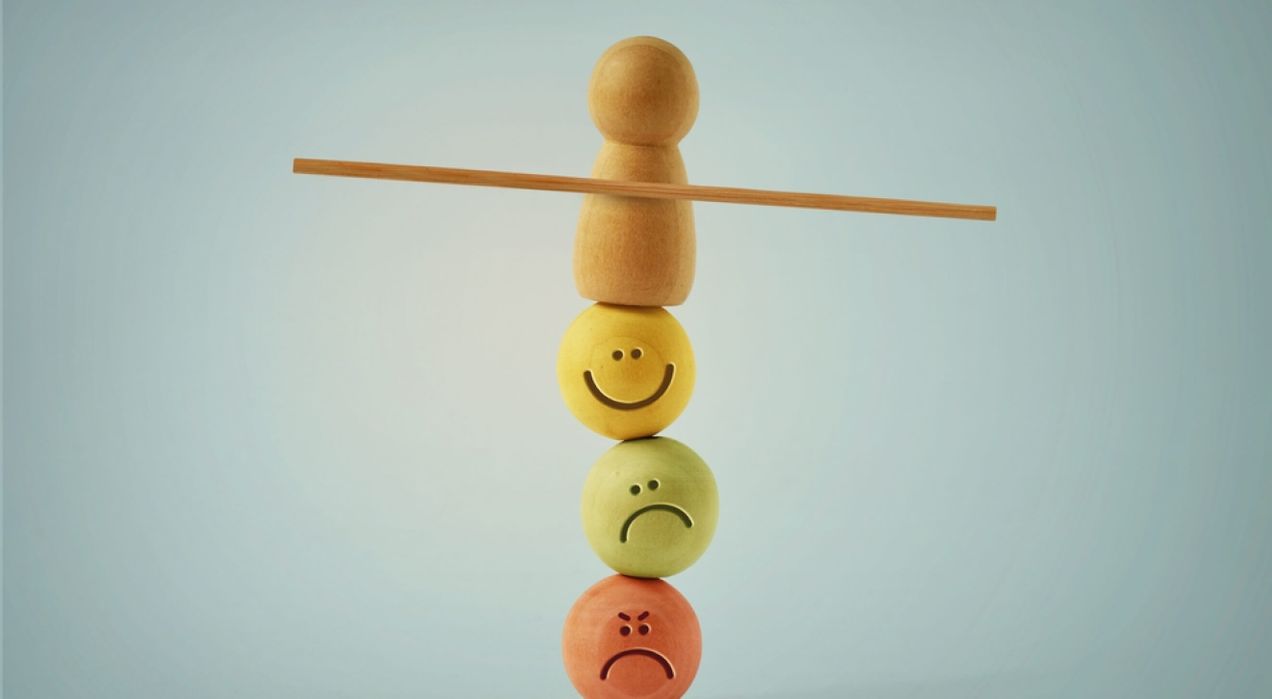Company Culture
9 Practical strategies to close communication gaps in supply chain teams
Communication gaps rarely look dramatic, but they quietly derail handoffs, decisions, and trust. This guide breaks down why they happen in supply chain teams, how they impact daily execution, and what practical habits help leaders restore clarity across shifts and roles.
Building safety culture in manufacturing: How to strengthen team trust in 2026
A strong safety culture in manufacturing goes beyond ticking compliance checkboxes or holding annual safety drills. It’s a shared mindset where everyone, from the shop floor to the executive office, sees safety as a daily priority, not an afterthought.
Cultural competence in the workplace: Build inclusive teams in 2026
Cultural competence in the workplace is the ability to understand, respect, and adapt to diverse cultural perspectives, enabling inclusive collaboration, stronger communication, and team success.
Safety culture in blue-collar industries: How to build trust and protect your people in 2025
In blue-collar workspaces, “safety culture” goes far beyond posting rules on a wall or running mandatory training once a year. Blue-collar work and blue-collar roles are physically demanding and often involve hazardous environments, making safety a top priority.
Why building team synergy is important: Examples & questions
Team synergy isn't just a buzzword; it's the cornerstone of success. Explore its profound importance through concrete examples and engaging questions that encourage collaboration, innovation, and the attainment of ambitious goals. Learn how to harness the collective strengths of your team.
7 Employee life cycle stages and how they align people with business goals in 2025
Uncover the key stages of the employee life cycle and their impact on company culture. From recruitment to offboarding, learn how each stage presents opportunities to shape a positive and inclusive work environment. Maximize employee experience, boost engagement, and foster a thriving culture.
Starbucks company culture: Key values that made it stand out in the global market
Starbucks’ company culture is rooted in fostering a sense of community and belonging, both for its employees and customers. The company emphasizes inclusivity, respect, and support, creating an environment where diversity is celebrated.
Hostile work environment: Strategies to reduce conflict and foster safety in 2026
A hostile work environment is an uncomfortable situation where employees face harassment or discrimination, impacting their well-being and productivity. Creating a respectful and inclusive workplace is vital for everyone's success and happiness.
Tesla's company culture and the 7 pillars that make it popular: A complete breakdown
Tesla, a name synonymous with innovation and disruption in the automotive industry, stands out not just for its groundbreaking products but also for its distinctive company culture. This culture is the backbone of Tesla’s success, driving its relentless pursuit of excellence.
75+ Fun office bulletin board ideas to try as a leader in 2025
From interactive elements and rotating themes to celebrating employee achievements and promoting wellness challenges, these ideas will transform your office bulletin board into a vibrant hub of creativity and collaboration.
Disengaged employees: How to understand and motivate them in 2025
Disengaged employees can have a detrimental effect on workplace culture. They can bring down the morale of the entire team and create a toxic work environment. In this blog, we'll dive into the impact of disengaged employees on workplace culture and practical tips on how to prevent it.
15 Companies with best work life balance: A blueprint for sustainable team culture in 2025
Discover the blueprint for work-life nirvana in 2025! Uncover insights from the top 15 companies acing the balance game. From flexible schedules to wellness programs, learn how these industry leaders shape a harmonious workplace. Small and medium-sized teams, get ready for inspiration overload!
How to deal with a disgruntled employee: Examples & tips for a toxic-free workplace
Addressing disgruntled employees is key to a harmonious workplace. Discover effective strategies and real-life examples to foster a toxic-free environment.
Netflix's company culture: The unconventional approach that shattered corporate norms
Netflix is renowned for its unique and often-discussed company culture, which is characterized by a few key principles that set it apart. One defining feature is its emphasis on freedom and responsibility. Employees are granted significant autonomy in their work, with minimal micromanagement.
13 Secrets of Google culture and values you need to know and get inspired
At Google, it's not uncommon to see engineers, designers, and even the CEO, Sundar Pichai, engaged in Nerf gun battles or taking a break to play ping pong. It's a culture where creativity flourishes, and brilliant ideas are born on napkins in the middle of brainstorming sessions.
Why is workplace culture important in 2025: Benefits, best practices, and top examples
Workplace culture encompasses the shared values, beliefs, behaviors, and norms that shape the environment within an organization. It's the collective personality of a company, influencing how employees interact, make decisions, and perceive their roles within the organization.
The iceberg model of culture: A deep dive into workplace dynamics in 2025
The Iceberg Model of Culture is a conceptual framework developed by anthropologist Edward T. Hall, designed to illustrate the layers of cultural elements that shape a society. Analogous to an iceberg, it highlights both visible and hidden aspects of culture.
75+ Must-ask questions for your next workplace culture survey in 2025
Discover the 75+ must-ask questions for your next workplace culture survey in 2025. Uncover valuable insights, assess employee satisfaction, and drive positive change in your organization's culture. Take the pulse of your workplace and unlock the keys to a thriving and engaging work environment.
How to build a culture of job security in a changing workplace
Job security refers to the assurance that an individual’s employment is stable and not at immediate termination risk. It depends on industry demand, company performance, and employee skills. A stable job provides financial predictability, reduces stress, and enables long-term career planning.
Patagonia company culture in action: How HR can apply these values anywhere
High employee engagement is crucial for the success of any brand. But, you might be shocked to learn that 85% of employees at work are either unengaged or actively disengaged. So, it’s high time companies proactively approach employee engagement by focusing on its key aspects.
9 Types of work environments you need to know with examples
Explore the diverse world of work environments, from traditional offices to healthcare facilities, and understand how these settings influence employee satisfaction and productivity. Join us on a journey to discover the ideal work environment for your team's success.
100+ Employee teamwork quotes that motivate, unite, and inspire success
Motivating employees at work is the catalyst for a thriving, dynamic, and innovative workplace. At the heart of this necessity lies the recognition that motivated employees are the linchpin to achieving organizational success.
What are examples of effective team dynamics?
Effective team dynamics are the heart of successful collaboration. Explore real-world examples, from clear communication to shared goals, and learn how to cultivate them for a harmonious, high-performing team that achieves exceptional results.
What is team dynamics in the workplace: Tips & examples to improve it
Team dynamics in the workplace encompass the intricate interactions shaping collective performance. Discover tips and real examples to foster collaboration, communication, and synergy within teams. Elevate productivity and nurture a cohesive work culture.
























